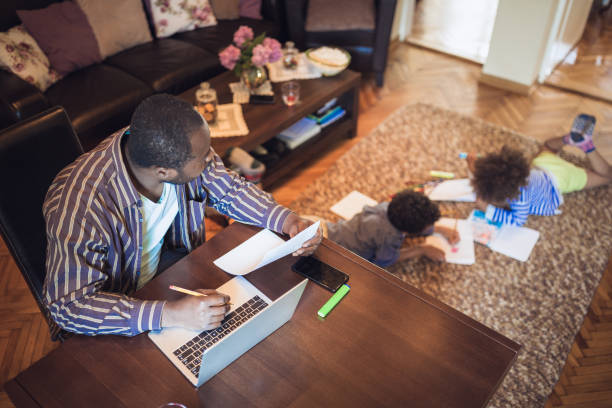'Dangerous' games children can learn from
According to a recent study, children learn from dangerous games and activities. These games and activities include rough-housing, climbing high places and fast running. According to recent studies engaging in
According to a recent study, children learn from dangerous games and activities. These games and activities include rough-housing, climbing high places and fast running. According to recent studies engaging in such acts is apparently very important in a child’s upbringing.
Benefits of Dangerous activities
Dangerous games and activities refer to “thrilling and exciting form of play that involve a risk of physical injury. This is according to an article published by Evolutionary Psychology following professor Ellen Sandseter’s findings. According to Sandseter, these activities enable the children to master risks and overcome challenges they don’t think they can overcome. This is backed by the belief that beings who don’t test their limits and learn to adapt to various circumstances, become ’emotionally challenged’. This is according to an article by Psychology Today. Here is a list of the said dangerous games and activities children and how they can learn from them;
Climbing high places
According to Psychology Today, climbing high places helps children test and know their limits. This is because according to experts, children are more aware of their limits than adults. It also helps develop muscle strength, balance and coordination. Such activities should however be regulated. This means resorting to reasonably high places like slides on the playground.
Rough-housing
Rough-housing involves chasing each other and wrestling one another. This helps the child control their impulses. This is considering rough-housing can get very frustrating for the loosing party. By sticking to the rules despite getting or hurt or feeling disadvantaged, it helps build impulse control.
Fast running
Fast running ensures building of perceptual awareness and spatial orientation. Perceptual awareness refers to having more than one sense send messages to the brain. This is done while engaging in a fast paced exercise.
All these activities while beneficial are still dangerous. If you decide to let the child engage them, ensure it is in a controlled setting.





